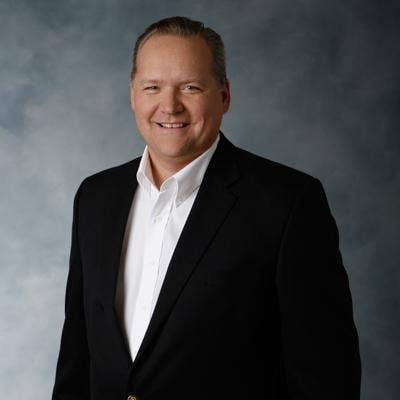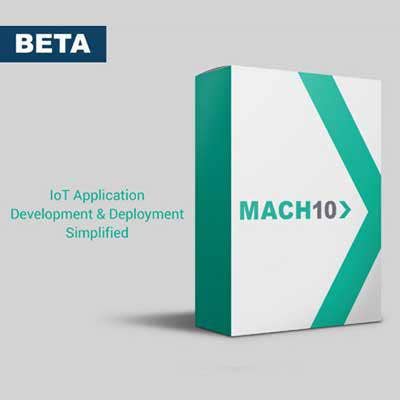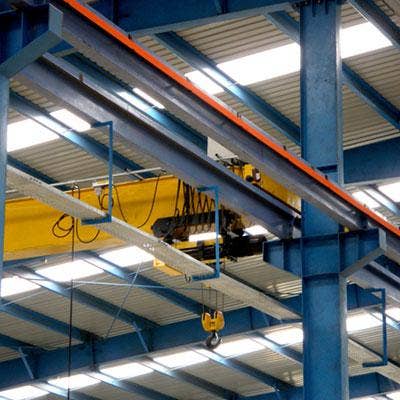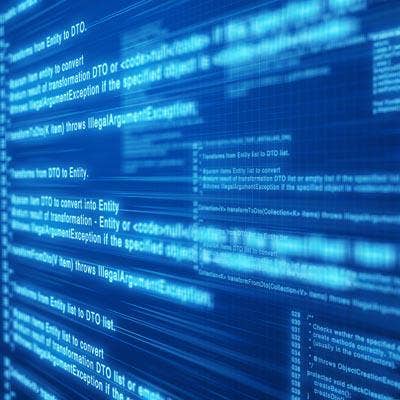CRN Exclusive: Lantronix CEO On New IoT Management Software, Adding Systems Integrator Partners

New Software Solutions For Industrial Systems
Up until today Lantronix, a specialized networking company that provides smart IoT and M2M (machine to machine) connectivity offerings for various industries, has offered hardware such as IoT gateways and modules for industrial OEMs connecting their factory floors.
But at IoT Solutions World Congress, which takes places this week in Barcelona, Lantronix debuted Mach10 – a new software device manageability solution that extends Lantronix's offerings from hardware and into the software space.
The company hopes that this new offering will be key for systems integrator partners looking to help OEMs make that seamless transition from hardware connectivity to device management – and help them expand their value-add and consulting services. CRN talked with Jeff Benck, president and CEO of Lantronix, about the company's goals for the future.

What has Lantronix been up to the past year?
Over the past year we launched a number of new IoT gateway products, gateway being either a hardware solution embedded in the industrial machine or sitting externally to an industrial machine and providing a connection to the internet.
We set out with our offerings to make a bigger footprint, particularly in the Wi-Fi area. More customers wanted wireless for their machines – and increasingly more want to connect wirelessly. So we're investing in our hardware road map there. But at the same time we also said we're not solving the whole problem – we're providing connectivity, but then what could we do to unlock the whole value of IoT? If we're not leveraging the connection, we're not seeing the full value.
We embarked on an IoT software solution to provide the whole management capability for the plethora of devices out there with our OEMs. Our goals was to help OEMs connect their machines – but also manage them and continue to stay connected with the machines they sell to customers and that they continue to deploy in the industry.

Talk about your new Mach10 software platform and what it means for your OEM customers.
Mach10 is a comprehensive software development platform. OEMs can develop their own applications, but we also felt OEMs want to get started with an application that is really ready to go. We're announcing the Mach10 global device manager, which is a turnkey application leveraging the platform that we developed, so OEMs can use it to manage connectivity but also their smart machines connected to it.

What does Mach10 mean for your channel partners?
We'll be doing some partner training around [Mach10]. The channel is interested in IoT – they get the fact that there's a huge opportunity here, and at the same time they know it’s a value play. It's not just about how can they distribute some hardware – the more they can participate in the solution development, the more they can increase the value-add. It's interesting that over the last quarters we've seen our key distributors step up with specific resources around IoT, building specific reference architectures. It feels like a perfect fit because we're unique -- we have a hardware business we're putting through Ingram [Micro] or Tech Data – but now we have the software, making it a lot more consultative.

What kind of opportunities are you seeing for IoT in the industrial market?
I think industrial is clearly a prime focus for the company. We do see that there's a high propensity of Wi-Fi in that segment. There's a lot of interest in IoT and connected industrial equipment in verticals like manufacturing and factory automation. Industrial is also the biggest vertical when you look across the applications.
I would say that we have been with a lot of the big distributors for our IoT hardware solutions, and some of those partners like Tech Data been more systems-oriented -- when you start talking about adding software to it, it starts to pull their skill set into that. There are some systems integrators focused in the industrial space that we're also trying to get more involved with.

What makes Lantronix unique especially with your new software solution?
There's definitely companies out there focusing on software platforms, but we've been providing systems to OEMs for years with connectivity hardware solutions. Our channel knows us and what we sell, and now we're making the natural evolution from hardware to software and cloud connectivity and enabling our channel to provide a richer solutions play.
Today one of the issues in IoT that customers are asking about is how do they know 'this will integrate with that.' We have Mach10, and now you have confidence to say you will have success. That expansion will work well for us with our channel partners.

What main benefits does Mach10 unlock for your customer base?
A lot of equipment makers are good with hardware but might need software. We spend the energy to develop the applications so they don't have to do that on their own. We are focused on enabling OEMs. We're not just going to end users – we're focused on our customer base, which is equipment makers.
We see Mach10 more as a tool that can provide fast capabilities. That's a unique piece – that it's multidimensional. Instead of an OEM having to create applications for their service team and end users, with Mach10 they can use one application and give different portals to different user sets.

What are Lantronix's future plans for IoT and its channel?
As a company we've said we will continue to participate in the IT management space, and invest the majority of our business in the IoT segment. We'll continue to develop W-iFi gateway solutions and we have some coming out this year, but we'll also be investing in the software space around IoT.
We will also be doubling down on the channel – since I've joined, we've hired a worldwide channel manager and increased our marketing with the channel. We launched the SmartAdvantage program to help the channel earn more money partnering with us. Our growth strategy involves leveraging our partners, and in the future there's some systems integrators we want to add as we go forward.